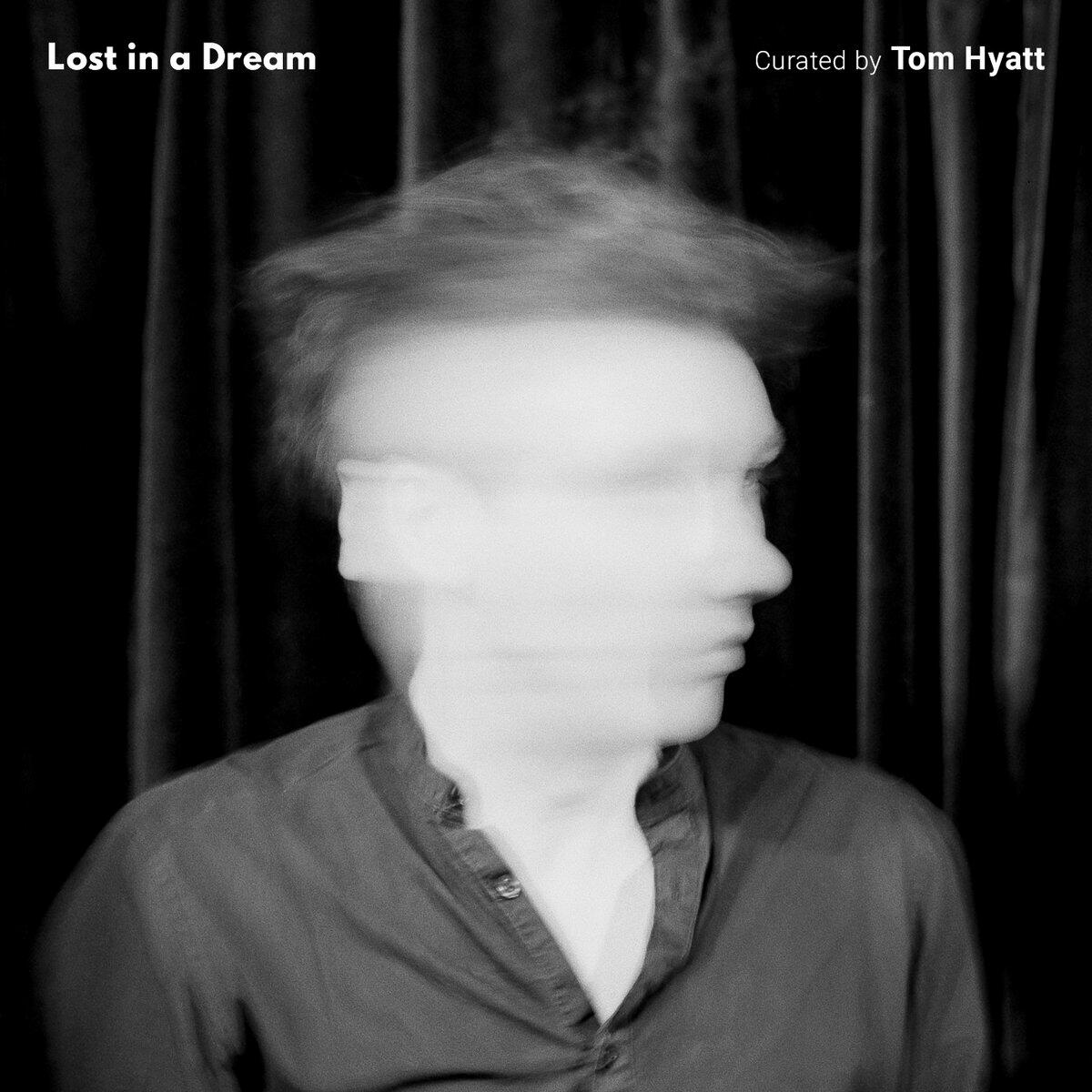
Artists, Natasha Niethamer and Tom Hyatt, have been chosen by Liverpool School of Tropical Medicine (LSTM) to design the Tropical Medicine Time Machine for our National Lottery Heritage Fund supported pop-up museum and school loan boxes. The art/science specialists met while studying at Liverpool John Moores University. Natasha graduated from the MA Art in Science program in 2020 and Tom is currently studying for a PhD investigating electromagnetic art.
Their idea: climb aboard LSTM’s Tropical Medicine Time Machine to explore its 125-year history and beyond!
The Tropical Medicine Time Machine will transport you across the annals of LSTM’s past, present, and future to learn about our vital work in the areas of disease vectors, travel health, public health, and microbiology.
From disease vector discoveries of the 1900s, during the First World War, we dive into the work of Alwen Evans as she begins her landmark study of flies and mosquitos and their role in spreading malaria, becoming LSTM’s first female lecturer in Entomology.
We track Cheshire-born Joseph Dutton through the Congo Free State to discover the spirochaete parasite - a transmitter of tick fever. The civil rights movement ushers in a new and more just society in the UK and around the world as LSTM's Letitia Obeng becomes the first woman from Ghana to gain a doctorate - the “grandmother of female scientists in Ghana”. Meanwhile, LSTM sets up the Centre for Snakebite Research & Interventions at LSTM to improve access to antivenom treatment where it is needed most, collaborating with a multitude of tropical research centres.
Moving into the present era and LSTM is selected as a research trial testing site for a new COVID-19 vaccine, aided by The Liverpool Vaccine Group. We meet LSTM’s Prof Bertie Squire and hear about how his groundbreaking work helping to treat tuberculosis (TB) across the world.
Looking to the future, and by the mid-2000s antimicrobial resistance may have made anti-biotics ineffective, whch is why Dr Adam Roberts’ Swab and Send team are working hard to discover the next humanity-saving antibiotics...on the soles of your shoes!
Finally, your journey will reveal the next frontier of medicine through your gut microbiome whilst learning about Gut Power, a new collaboration between LSTM and Kenya Medical Research Institute, that investigates the role of friendly bacteria in keeping children healthy.
Meanwhile, LSTM's innovative school loan boxes will employ some of the same open source technological used in ‘Museum in a Box’ (https://museuminabox.org) to bring LSTM’s archival collections to life. Reproductions of artefacts will have a small NFC (near field communication) sticker on their bases. A receiver hidden in the box will create a digital trigger and a sensor-equipped box connected via a small Raspberry Pi computer to internal speakers will play back sounds or audio descriptions in response to the NFC, creating an interactive museum collection.
These designs allow people to walk around an action research lab: travelling through time, experiencing the interactive history of LSTM in a Tropical Medicine Time Machine. Four immersive booths will create an interactive space, dressed in images that match the time of each historic era, using photographs from LSTM’s archives.
The pop-up museum will contain additional content that celebrates LSTM’s 125th anniversary year. LSTM’s Past, Present, and Future Project is funded by the National Lottery Heritage Fund and the pop-up museum will tour venues across Liverpool including the World Museum, Museum of Liverpool, and the Africa Oye festival. The school loan boxes, also funded by the Eleanor Rathbone Trust and the Duchy of Lancaster Benevolent Fund, will be co-created with support from a primary school teacher in Everton in the Community’s school network.
Mark Roughley, Senior Lecturer and Programme Leader MA Art in Science, Liverpool School of Art & Design at Liverpool John Moores University said: “Art and ‘Science are frequently viewed as increasingly different disciplines with methods and practices at conflict with each other. Recently, there has been a cultural shift to encourage meaningful art-science interactions. Drawing on multiple disciplinary approaches to consider ‘out of the box’ methods for public and community engagement with LSTM’s history and impact, this project is an opportunity for scientists and artists to collaborate through curiosity and playful learning. Here, artists and scientists are working with creative possibilities. finding the intersection of these two disciplines.”
LSTM is celebrating its 125th anniversary in 2023 with an ambitious programme of events and activities. As part of these celebrations, we are considering the major health challenges facing humanity in the next 125 years, and the role of LSTM and its partners in addressing them. Our goal is to create safer and healthier futures for all by developing more scientific leadership and capacity around the world to help tackle infectious diseases and outbreaks. To learn more about our 125th anniversary campaign: investing in brilliant African researchers; our network of research hubs; and our groundbreaking new Institute for Resilient Health Systems, visit our website. You can support our work by making a donation